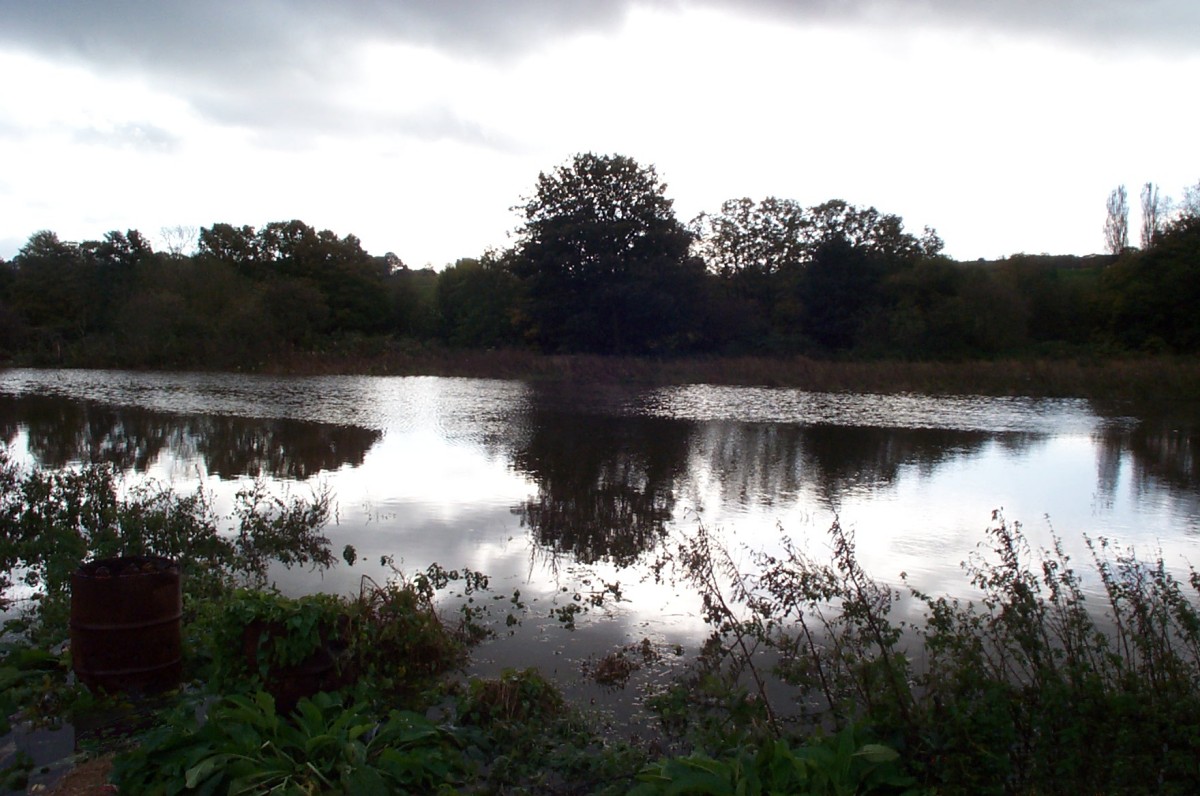

 | Flooding Issues |  |
|---|
Kirkstall Valley Park lies within the flood plain of the River Aire, and is often subject to flooding. Our home page shows the Burley Mills allotments flooded on 2 August 2002. The locations vary from time to time, but scarcely a year passes without some part of the valley under water.

Flooding is notoriously variable, and the Kirkstall Valley is no exception. There have been some enormous floods in the past, and many more are expected in the future, as climate change increasingly affects the rainfall patterns. As a rule of thumb, the Environment Agency currently estimates that climate change could produce a 25% increase in flood volumes, which in the Kirkstall Valley translates into a 50cm rise in peak flood levels. These estimates might change with growing knowledge and experience, but they are unlikely to get much smaller.
The highest recorded flood in Kirkstall was in November 1866 when the water was knee-deep on Kirkstall Road, near the Kirkstall railway viaduct. This remains the worst known flood event in Leeds and resulted in twenty deaths. The most extreme scenario currently modelled by the Environment Agency is a 1 in 200 year event, with the river thundering past Armley Mills at 347 tonnes of water per second and the water chest deep on Kirkstall Road. It is difficult to estimate velocities when the channel is obstructed by buildings, but we could easily be looking at local water speeds of several metres per second and extremely turbulent flows. Not exactly the place for a quiet swim!
Extreme events are plainly a serious threat to life and property, but our "normal" floods have distinctly beneficial effects. They have given us the best agricultural land in Yorkshire on the Burley Mills Allotments (deep, stoneless river alluvium, ADAS grade 1 when surveyed in 1989) and they have kept development back from the river, leaving attractive riverside open space. Very few houses in Armley or Kirkstall face significant risk from floods.
The decision by the Environment Agency to proceed with the Leeds Flood Alleviation Scheme was a mixed blessing for Kirkstall. This was a big scheme (over £100 million and rising) but it only applied to the main river: it would not benefit the majority of Leeds families who have been flooded by much smaller becks and streams. The dangers are that effective flood defence works would allow and even encourage developers to crowd right up to the river, with adverse effects on river habitats and quality of life. The huge scale of the engineering works required to protect against extreme events would themselves cause environmental damage.
Our policy is to do the minimum in Kirkstall, sufficient to protect life, but to gradually relocate development away from the river so that the flood plain can perform its natural functions. We would use the riverside for recreational open space. Instead of enormous flood defences in the city centre, we urge more work on the river catchment, creating wetlands and flood storage areas upstream to delay run-off and attenuate the storm peak. This would increase biodiversity and reduce the scale of engineering work required in Leeds city centre, producing a more attractive city and a more pleasant place to live.
 |
 |
 |
 |
 |
HTML by John Illingworth